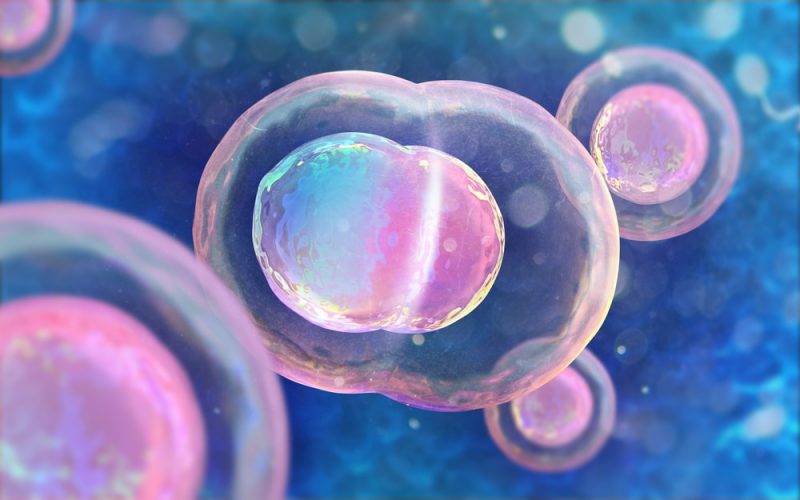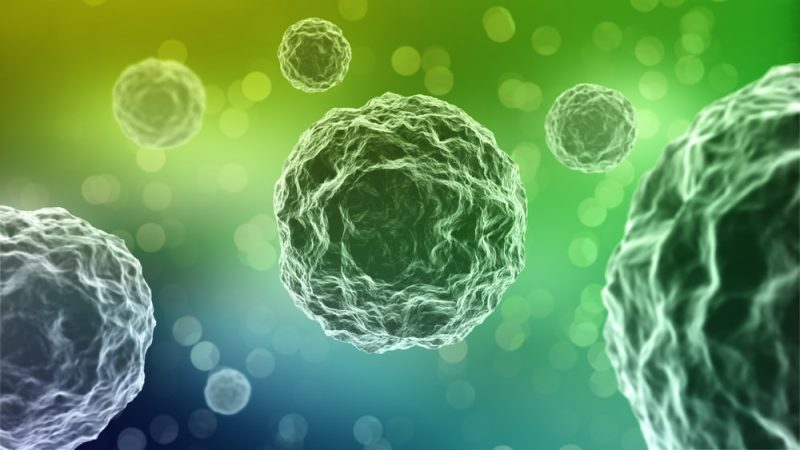The single-celled organisms They are part of our life through such everyday elements as bread or wine (which are made with ferments or yeasts, unicellular organisms), even we usually have them in the intestine or on the skin, without this meaning being sick.
We also consume dietary supplements based on algae, for example, or we apply cosmetic products that are obtained from them.
All living beings present different degrees of complexity in terms of their structure or internal organization, that is why we have:
- Higher organisms. They are characterized by presenting organs and tissues, the latter are composed of numerous specialized cells, and the cells of the different tissues present some differential characteristics.
- Lower organisms. They are much simpler in structure, to the point that sometimes they are made up of only one undifferentiated cell: these organisms are known as unicellular organisms.
In the latter, all vital functions depend on that single cell, which can be prokaryotic (with free nuclear material in the cytoplasm) or eukaryotic (with nuclear material enclosed in the nuclear membrane). That single cell is self-regulating and directs all vital functions.
Characteristics of single-celled organisms
Obviously unicellular organisms cannot be seen with the naked eye (since a cell is always something very small), but with microscopes.
The fact of being such small individuals has a series of advantages:
- The high surface / volume ratio. That facilitates contact with the external environment and therefore, nutrition.
- Have the cellular compartments very close. Which contributes to their typical accelerated metabolism and the rapid rate of reproduction that characterizes them.

In general reproduce by bipartition (cell division), some may also present budding and sporulation phenomena, all these processes are based on mitosis.
Many single-celled beings they group together forming colonies. In the case of bacteria, which are unicellular, outside the cell there is an additional structure called the wall, which has important functions.
We can find single-celled organisms in three of the five kingdoms into which living things are divided:
- Monera. Kingdom represented by bacteria and in which all its members are unicellular.
- Protista. Only some members are.
- Fungi. Only yeasts are single-celled.
Examples of single-celled organisms

| Saccharomyces cerevisae (brewer’s yeast) | Chlorella |
| Escherichia coli | Rhodotorula |
| Pseudomonas aeruginosa | Bacillus subtilis |
| Diatoms | Pneumococci |
| Dinoflagellates | Streptococci |
| Amoebas | Hansenula |
| Protozoa | Candida albicans |
| Algae | Mycobacterium tuberculosis |
| Paramecia | Micrococcus luteus |
| Spirulina | Staphylococci |
